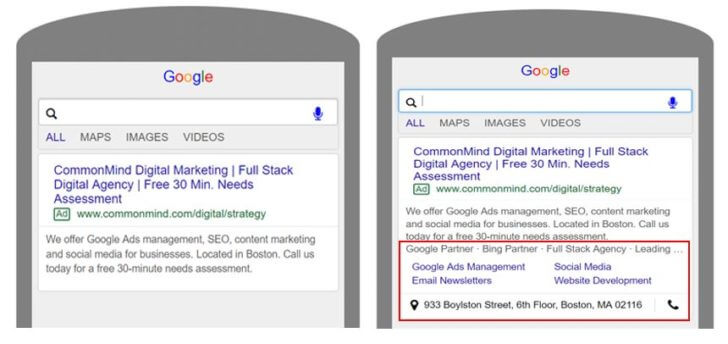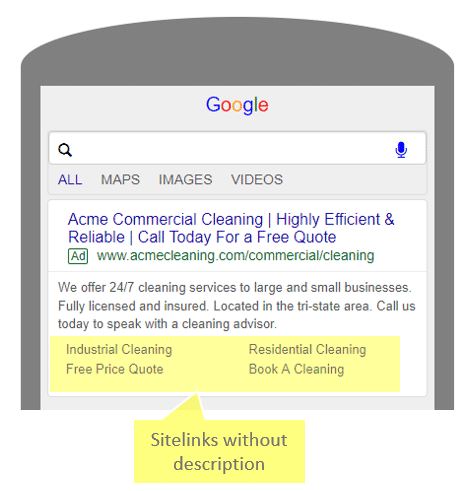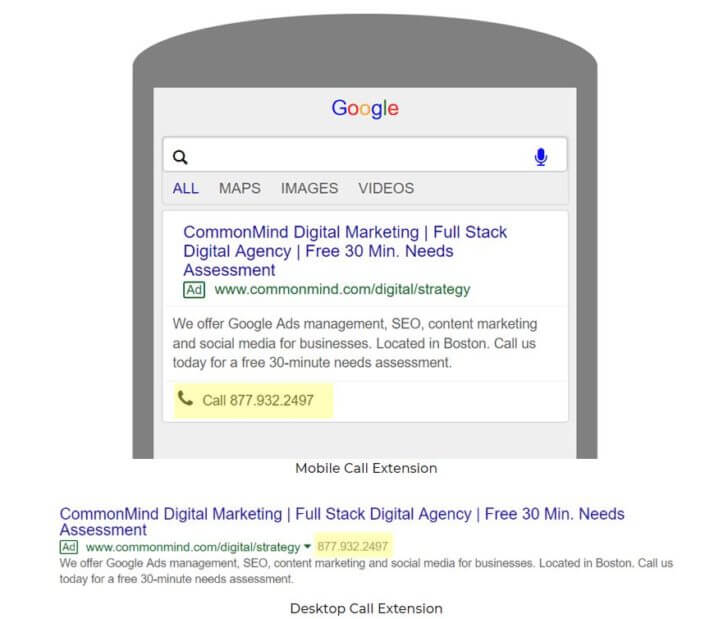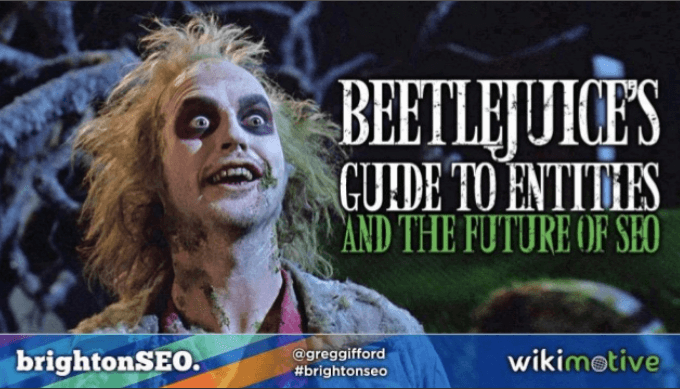There is an incredibly exciting trend happening in the SEO community where more and more marketers are taking on more responsibility across multiple facets of digital marketing.
As digital marketing develops more nuanced and targeted execution, marketers see ways to diversify their skillsets and impacts on their organizations.
For search marketers, there has never been a better time to take advantage. According to BrightEdge data from CEO Jim Yu, more SEOs are taking on broader roles and having a bigger impact – with 51 percent of customers expanding the role of SEO across all digital marketing and 23% become CMOs in recent years.
Last week at Share19, hundreds of digital marketers, SEOs, and content strategists gathered to collaborate towards a common goal – to driving growth and revenue to their businesses and progress their SEO and digital marketing careers. Attendees learned new and advanced techniques for keyword research, learned about the career journeys of chief marketing officers at Fortune 500 brands and were the first to hear the big news that BrightEdge is releasing technology that literally puts SEO on autopilot.
Self-driving SEO: Impossible or possible?
As marketers, we all get frustrated with lack of resources — not having enough time and people to have the impact we want. No doubt, right now you are competing for resources and fighting with barriers to communication with your web dev team, your IT team, and your paid search team. Doing the same thing day in and day out can get mundane – especially for those with a bias towards the creative.
Last year alone Google did 3,234 launches, 595,429 search quality tests, 44,155 side-by-side experiments, and 15,096 live traffic experiments. Simply, keeping up to date with change is a task unto itself. Add to that day-to-day content issues, broken links, algorithmic changes, and mobile issues, and you can see why sometimes progress is elusive.
What if it were possible for some parts of your SEO to run on autopilot? Just imagine if all those repetitive yet necessary tasks that are integral to SEO could be running in the background, freeing you up to focus on higher-impact initiatives?
With an average of 53.5% of website traffic coming from organic search, it is clear that there is a huge opportunity for marketers to automate and optimize their most important marketing channels with speed, precision, and scale.
Last week BrightEdge Autopilot was announced to tackle just that and automate SEO tasks so that they don’t require a human touch. Made possible through a series of technology investments and the recent acquisition of mobile technology developed by Trilibis, marketers can now auto-optimize mobile and fully automate the most critical and time-consuming of SEO tasks.
Within six months of deployment, over 1,000 brands are now using BrightEdge Autopilot to power Self-driving SEO.
Intelligent automation: Performance and scale
So, automation takes our jobs away right? This is a comment and objection we hear not just in this space but across the industry. Sure, if you are happy doing the same things day in and day out and have no desire to get the best results for you and your customer then fine, automation may not be for you.
For those who see the opportunity to spend more time on higher-level work, automation is here to help marketers do more with less and execute more quickly. Routine SEO and content tasks can be implemented with little effort, allowing you to focus on high-impact activities and accomplish more personal and professional objectives. In order to progress in a predominantly technically oriented space, you have to embrace technology.
Automated grammar and spelling checks may have eliminated a few proofreading jobs, but it improved the accuracy and quality of documents and allowed writers to invest more time in the research and articulation of their ideas. Assisted driving automation helps keep you safer on the roads and likewise, automated SEO keeps your site and content safer for Google and makes it more easily discoverable by your audience.
According to Yu, BrightEdge Autopilot technology is already delivering on automation performance promises with:
- 60% increase in page views per visits
- 21% more keywords on page one rankings
- 2x increase in conversions
- PPC channel impact – 28% improvement in the “Ad Quality Score”
Campbell’s Global SEO Manager, Amanda Ciktor was able to share the impact of automation with BrightEdge Autopilot showcasing a 204% traffic lift year-over-year.
With one day of implementation work Amanda and her team were able to compress 75,000 images and within a few weeks saw:
- Move 4,000 keywords to page one
- Improve faster mobile page load speed for 35% of pages
- Improve overall load time by five seconds
In fact, brands across numerous industry verticals have seen dramatic performance improvement with up to 65%.
SEO and the CMO
According to Gartner’s CMO survey, SEO is one of the four digital workhorses that account for 25% of marketing investments. And, by 2023 autonomous marketing systems will issue 55% of multichannel marketing messages based on marketer criteria and real-time consumer behavior, resulting in a predicted 25% increase in response rates.
SEO, Automation, and the CMO were three themes that stood out at the launch of BrightEdge Autopilot at Share19 last week. The finale of the event was a roundtable discussion featuring marketing luminaries, including Kelly Hopping, Chief Marketing Officer for Gartner Digital Markets, Lauren Fyrefield, Chief Marketing Officer for WorldStrides and Armin Molavi, Vice President of Global Media Strategy of Hilton Brands.
As the CMO role becomes more results-focused and data-driven, we have seen a change in the skillset and perspective from one that is more brand and positioning-oriented to one that is more technical and technology stack-oriented. This draws on the natural skills SEOs use in generating profitable organic traffic. The problem for SEOs is that they can get buried in tactical execution. Automation allows them to free up time for planning, strategy, and relationship building that will help elevate their visibility and consideration for advancement.
From listening to everyone on the panel it was clear that was a linear progression path to the CMO position developing. A commitment to
1. Embracing technology innovation
2. Drives growth and revenue
3. Fuels digital career growth
As one CMO panelist put it “we are constantly looking at ways to get smarter, automate and scale. We manage everything in-house so if we are not automating, getting smarter then we can’t scale.”
Automation is definitely helping marketers, and especially those who want to unleash more creativity and, who knows, become the next CMO or CDO.
The underlying theme is to pursue opportunities and leverage technology to help you do that.
Andy Betts is a chief marketer, consultant, and digital hybrid with more than 20 years of experience in digital, technology and marketing working across London, Europe, New York, and San Francisco. He can be found on twitter @andybetts1.
The post From SEO to CMO: Self driving technology and the path to C-Suite appeared first on Search Engine Watch.
from SEO – Search Engine Watch https://ift.tt/2n92v8T
via IFTTT








